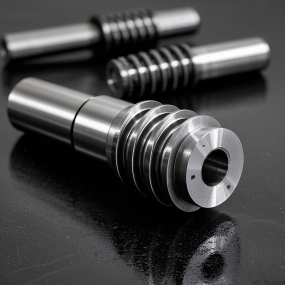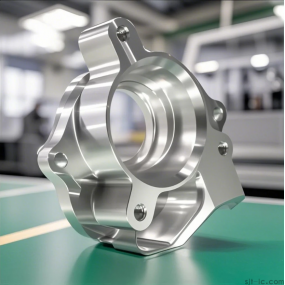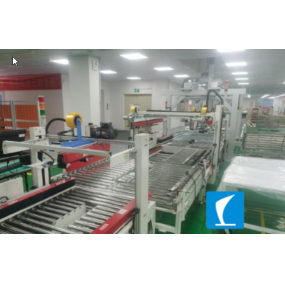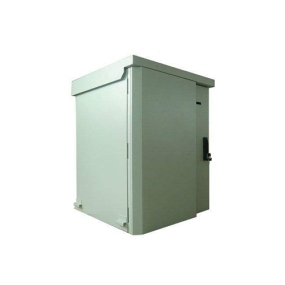In the process of Sheet Metal Processing, sheet metal processing design is a complex system engineering, because sheet metal is a machine tool, cabinet, and the materials used, such as machine tools, cabinets, and the special material properties and processing requirements of sheet metal itself, which have strict requirements and standards for the structural design of sheet metal products. Therefore, in order to do a good job in sheet metal processing design, designers need to consider various factors and criteria comprehensively. So what are the design criteria for sheet metal processing? Next, Zhongyilong editor will introduce this issue to you.
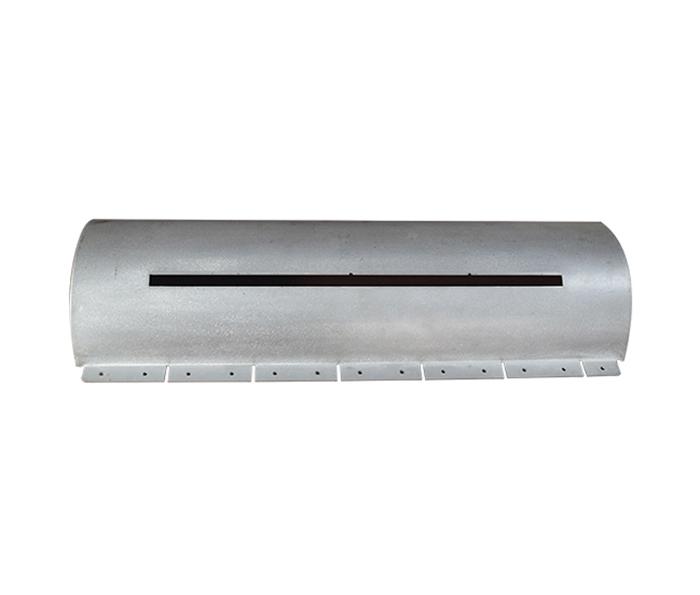
Design criteria for sheet metal processing:
1. Simple shape criteria
The simpler the geometric shape of the cutting surface of sheet metal materials, the more convenient and simple it is to cut the material, the shorter the cutting path, and the smaller the cutting amount. Lines are simpler than curves, circles are simpler than ellipses and other higher-order curves, and regular shapes are simpler than irregular shapes
2. Material saving criteria (configuration criteria for punched parts)
Saving raw materials means reducing manufacturing costs. Fragmented scraps are often treated as waste, so in the design of sheet metal structural components, it is important to minimize scraps as much as possible. Minimize material waste through punching and cutting.
3. Sufficient strength and stiffness criterion
Sheet metal bending edges with beveled edges should avoid material deformation zones; If the distance between the two holes is too small, there is a possibility of cracking during cutting and cutting; The slender Flat noodles has low rigidity and is easy to crack during cutting, especially the tool wear is serious.
4. Reliable punching criteria
5. Avoiding Knife Sticking Guidelines (Configuration Guidelines for Piercing Parts)
6. Bending edge perpendicular cutting surface criterion
The above design guidelines for sheet metal processing are shared here. For different sheet metal processing products, designers need to consider different issues. Therefore, in specific product projects, designers need to consider various factors based on actual product design requirements, adopt targeted, feasible, and practical design methods, solve various problems in design, and do a good job in sheet metal processing design.


 Spanish
Spanish Arabic
Arabic French
French Portuguese
Portuguese Belarusian
Belarusian Japanese
Japanese Russian
Russian Malay
Malay Icelandic
Icelandic Bulgarian
Bulgarian Azerbaijani
Azerbaijani Estonian
Estonian Irish
Irish Polish
Polish Persian
Persian Boolean
Boolean Danish
Danish German
German Filipino
Filipino Finnish
Finnish Korean
Korean Dutch
Dutch Galician
Galician Catalan
Catalan Czech
Czech Croatian
Croatian Latin
Latin Latvian
Latvian Romanian
Romanian Maltese
Maltese Macedonian
Macedonian Norwegian
Norwegian Swedish
Swedish Serbian
Serbian Slovak
Slovak Slovenian
Slovenian Swahili
Swahili Thai
Thai Turkish
Turkish Welsh
Welsh Urdu
Urdu Ukrainian
Ukrainian Greek
Greek Hungarian
Hungarian Italian
Italian Yiddish
Yiddish Indonesian
Indonesian Vietnamese
Vietnamese Haitian Creole
Haitian Creole Spanish Basque
Spanish Basque

